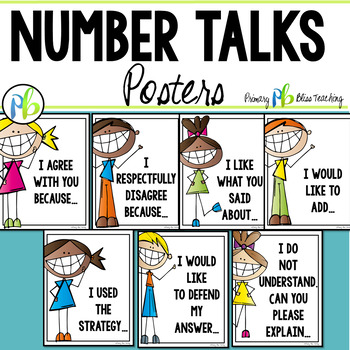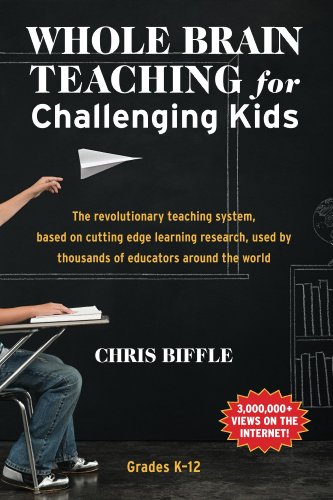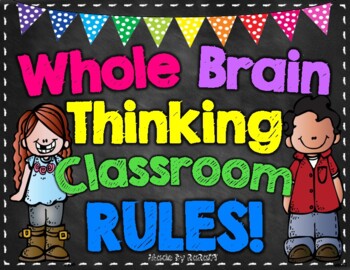What is a Gallery Walk?
A Gallery Walk is a kinesthetic and cooperative learning strategy that helps students engage or review new information. It most resembles the Jig Saw strategy.
To set up a gallery walk, you will need to decide first on the content.
- How it will be displayed.
- How students will show their reaction or learning.
Your students can also have a clipboard and a sheet of paper/recording sheet to use as they walk around or their ipads to take snapshots. The goal is for them to view content being represented in different ways.
I often had my students circulate around the room or their tables for our Gallery Walks. You can number or group them if you want the students to see specific things.
In PLC, we simply walked around and viewed our Connect 4 Boards. The data collected in the walk was what spring-boarded our discussion and our data dig into iStation.
Below are 2 examples of ways to use Gallery Walks:
This is an example of one of my FAVORITE gallery walks! We were studying human body systems in first grade. I took it a step further and added a "costume" to turn my little learners into doctors!
Here is an example of the recording sheet we used:
You can click the recording sheet to read more about our lesson.
Mud and Ink Teaching has a great blog post all about setting up a gallery walk. Click the image below!
Below you see a photo of a word problem and different students working to solve it. They worked their way through a gallery of problems. As they completed the word problem, they left their sheet for the next group to view their thinking.
*An idea to help your gallery walk be more meaningful is to have students leave a compliment & suggestion on the work or next to the work they are observing.
I LOVE this compliment Tree idea! Your recording sheet could be an image of a tree next to your content. Students can simply write compliments on the tree. Check out this video on how to give a compliment and the tree!
























